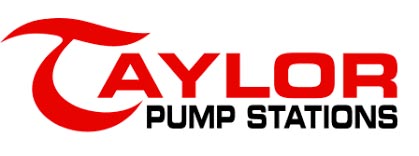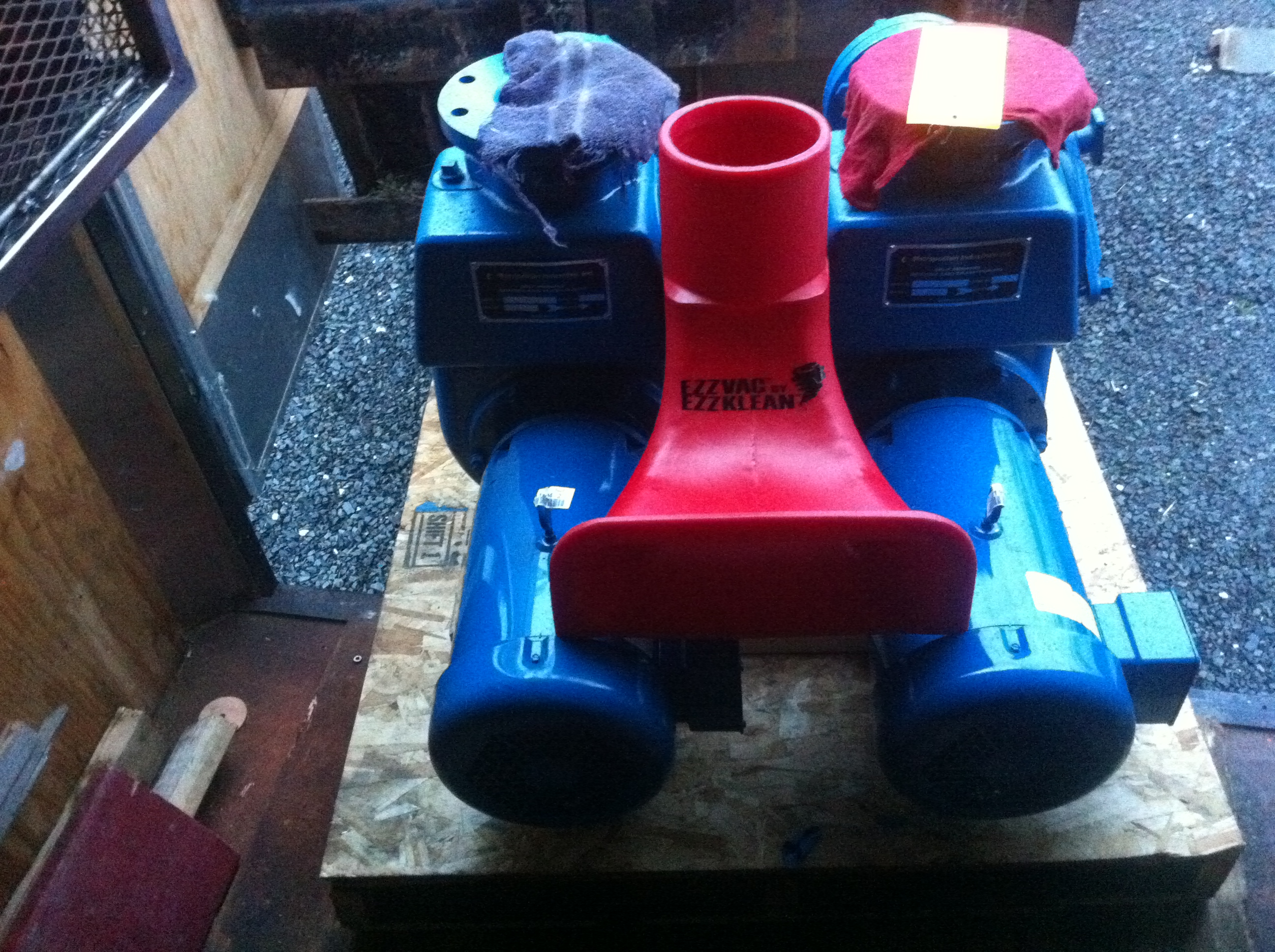See you at the Station-Avoiding Cavitation
“Cavitation can lead to premature failure of the sewage pump station”
The above statement equates that if your submersible or dry prime pumps go down, that the whole pump station is down. The facts are the pump is to the sewage station what the heart is to the human body. When the pump stops, it means very little that you had an up to date modern system installed.
A sanitary pump station is faced with many challenges not found in storm, irrigation or potable water pumping stations. The wastewater itself produces an environment that is churning the elements within the sewage pump station that enhances the phenomena of cavitation. Similar to the anaerobic process as it occurs within the human and food waste elements in a pump are producing the “Perfect Storm” in the form of hydrogen sulfide gas , which contributes greatly to the possibility of cavitation occurring in the casing of the centrifugal sewage pump.
There are pumps that are designed to move both liquids and gasses. These pumps, like the Helico-Axial pump is a cross between a centrifugal pump and an axial compressor. The submersible sewage pump is a very efficient hydraulic machine, but they are not designed to handle air, more specifically the collapsing of air pockets as the bubbles move up the stream from low pressure to high pressure. The centrifugal design submersible sewage pump moves most of the effluent in the municipal sewage system today.
Prevention- always a better option!
As engineers and design professionals we must prevent cavitation to the degree possible as the collapse of the vaporizing water takes pieces of metal with it and if allowed to continue will completely degrade the vanes and the hydraulic efficiency of the pump, relegating the pump to not much more than a propeller spinning in the water. If a pump becomes operationally fouled to that point that it no longer operates as a kinetic machine designed to impart energy and move water, instead it will become a makeshift “bubble maker”.
What to look for?
A knowledgeable sewage pump station manager would have recognized cavitation as the pumps condition early by watching the pressure gauges or flow meters and have the pump removed and re-built well before a pump reaches such an impotent state. So, what are the design criteria’s to avoid sewer wet well sludge build up and ease of cleaning for the maintenance worker.
Designing with this in mind
One option in building to avoid cavitation is to design the bottom of a pump station wet well with a slope away from where the pumps sit. The slight slope of 4-5% i.e. 3” in 6’ makes for a much easier cleaning of the wet well floor (it just makes sense, it’s called gravity, use it, it works!). A design utilizing a low co-efficient of flow product such as plastic or HDPE, on the bottom the concrete station will add to the ease of cleaning. Some government sanitation districts prefer a fiberglass bottom formed to fit the slope of a concrete sewer sump where the sides are angled in at an approximate 60 degree repose.
The FRP material has a good characteristic of what in the industry we call “surface slide” but its negative aspects are that it is not as durable as HDPE. The formed fiberglass design although good in the concept to remove sludge, many times this sludge contains rocks and debris as well as that table fork that “Lil Junior” flushed down the commode and you know what it means when you stick a fork in a pump, “it’s done”.
In either design that is specified a stationary tube with a wide mouth vacuum or funnel type head should be incorporated into the wet well. This clean and stable hydraulic efficient tube with the long sweeping suction feature is simply a time saver in comparison to unlocking hatches to access the sump and the dangers and injuries of handling a wet hose around the high voltages that are present in pump stations.
Solutions
I am probably a bit biased here because our company utilizes such a device as I describe into their sewer pump stations and it is called the Ezz-Klean™ Device. The Ezz-Klean™ is available on-line through Oldcastle Concrete Wilsonville, or you can reach them by phone at 1-503-682-2844. I wanted to save the best for last, but writing on the topic of sewer pump station gases, well, “how are you going to top that” I will tell you that next week I want to go over the subject of net positive suction head and its value to optimizing the sewer pumps operation within the wet well. “See Ya at the Station”.


